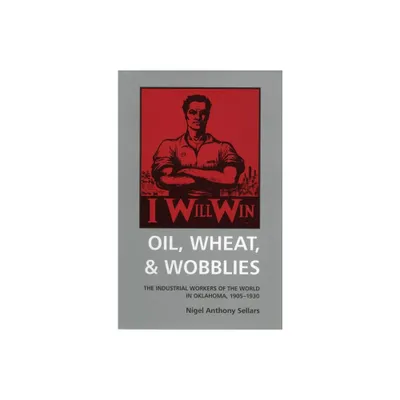Home
Oil, Wheat, and Wobblies: The Industrial Workers of the World in Oklahoma, 1905-1930
Loading Inventory...
Barnes and Noble
Oil, Wheat, and Wobblies: The Industrial Workers of the World in Oklahoma, 1905-1930
Current price: $21.95


Barnes and Noble
Oil, Wheat, and Wobblies: The Industrial Workers of the World in Oklahoma, 1905-1930
Current price: $21.95
Loading Inventory...
Size: OS
*Product Information may vary - to confirm product availability, pricing, and additional information please contact Barnes and Noble
The Industrial Workers of the World, or Wobblies, a radical labor union, played an important role in Oklahoma between the founding of the union in 1905 and its demise in 1930. In Oil, Wheat, & Wobblies, Nigel Anthony Sellars describes IWW efforts to organize migratory harvest hands and oil-field workers in the state and relationships between the union and other radical and labor groups such as the Socialist Party and the American Federation of Labor.
Focusing on the emergence of migratory labor and the nature of the work itself in industrializing the region, Sellars provides a social history of labor in the Oklahoma wheat belt and the mid-continent oil fields. Using court cases and legislation, he examines the role of state and federal government in suppressing the union during World War I.
Oil, Wheat, & Wobblies concludes with a description of the IWW revival and subsequent decline after the war, suggesting that the decline is attributable more to the union’s failure to adapt to postwar technological change, its rigid attachment to outmoded tactics, and its internal policy disputes, than to political repression.
Focusing on the emergence of migratory labor and the nature of the work itself in industrializing the region, Sellars provides a social history of labor in the Oklahoma wheat belt and the mid-continent oil fields. Using court cases and legislation, he examines the role of state and federal government in suppressing the union during World War I.
Oil, Wheat, & Wobblies concludes with a description of the IWW revival and subsequent decline after the war, suggesting that the decline is attributable more to the union’s failure to adapt to postwar technological change, its rigid attachment to outmoded tactics, and its internal policy disputes, than to political repression.







